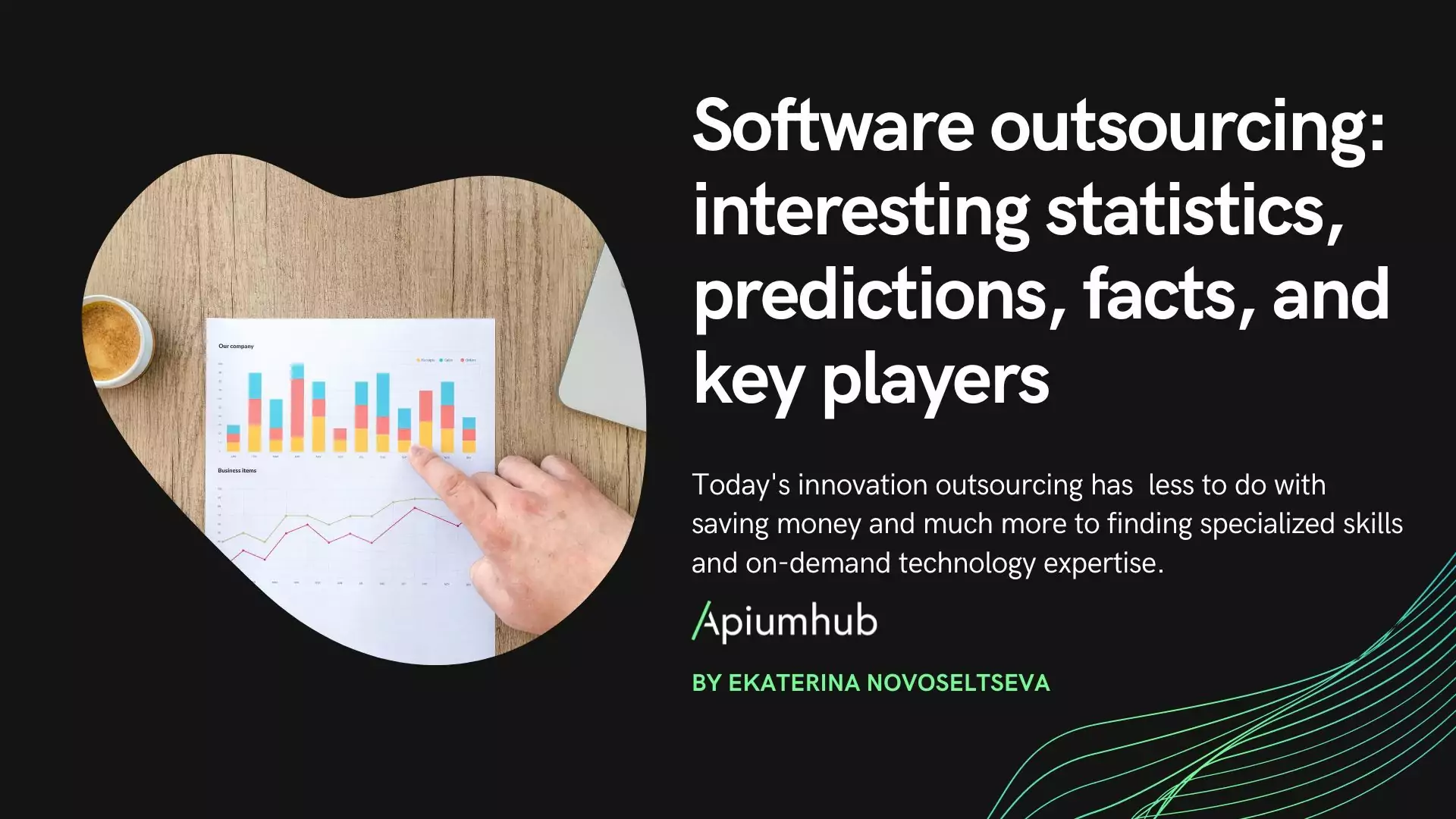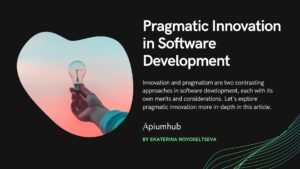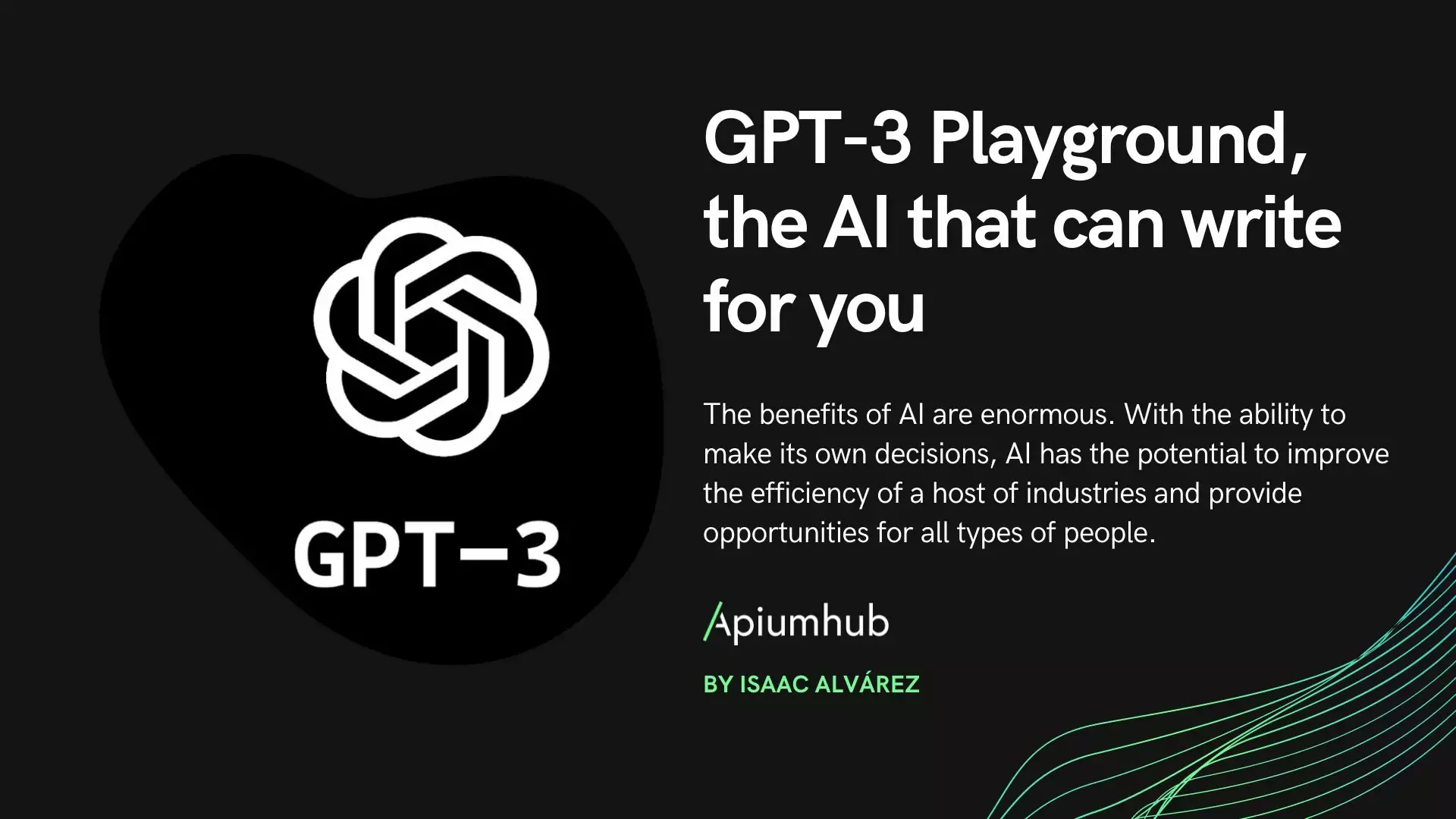Table of Contents
Careers are evolving rapidly and 10 years from now, many of today’s graduates will be in positions that don’t even exist in 2017. In the past, there were a lot of sales positions opened because companies forced products onto the marketplace and consumers had to use them. But the market is now demanding products and services that focus on human needs. The marketplace has changed and companies must now focus on user’s feedback as never before. Now, it is important to bring a deep scientific understanding of people to the design and development experience. Product must reflect a genuine sensitivity to the abilities and needs of people, and this article is about that, it is about human-centered innovation.
Careers of the future: human-centered innovation is putting innovative insights into action
Future design, business development, and communication professionals must understand more than visual arts, technology, and communication strategy. They’ll also need to have a grasp of human behavior, cultural psychology, physiological needs, and cognitive needs and limits. The awesome and innovative product is influenced by all of these factors.
Careers in the future will demand that professionals know how to gather data and understand people so that they can end up with actionable and innovative product insight. Probably you have heard about human-centered innovation. Currently, it is a growing trend. A lot of big companies and fast growing startups started to open job vacancies searching for human-centered innovation experts. You can find it mostly in companies, which strive for innovation. Just to name some: Banco Sabadell, Typeform, Lindorff, Amazon, etc.
Human-centered innovation degrees, courses, and programs. For example, Stanford University is a large proponent of human-centered innovation and teaches disruptive approaches to human problems by focusing on empathy-informed solutions.
So, what is Human-Centered innovation?
Human-centered innovation is a management method that develops solutions to problems by involving the human perspective, and people in all steps of the problem-solving process.
Working with this method means that human involvement typically takes place in observing the problem within context, brainstorming, conceptualizing, developing, and implementing the solution. Basically, designers and marketers trust that as long as they stay connected to the behaviors and needs of the people they’re designing for, their ideas will evolve into the right solution. In other words, they let the end-user tell them what they need to focus on designing.
In reality, sometimes the best ideas are so obvious that we just miss them, thinking that it is too basic or it is to easy to be true. Or sometimes we can’t see them because we’re looking at things from the outside in, instead of looking at things through the eyes of the end-user. Human-centered innovation is a very good choice nowadays because the process starts with people and ends with innovative solutions that are tailor-made to suit the needs of the target.
I really love this strategy, this method, because it really drives creativity and innovation that makes a difference. It’s not just a cool idea, but an idea that would make people talk about it, and make them buy it. When you understand the people you’re trying to reach and then design and develop from their perspective, you will arrive at unexpected answers and things you would never think of, but you’ll come up with ideas that they’ll embrace.
Unfortunately, for many years companies were developing their ideas, and their dreams, and after developing it they were searching for their target. Now, it is important to identify your target right from the beginning and only after that work on the product. It is really important to understand your potential clients and adapt to them before you actually start your process because it may save you a lot of money and time. For example, according to usability, of those IT design and development investments, up to 15% of IT projects are abandoned and at least 50% of a designer’s and programmer’s time during the project is spent doing rework that is avoidable.
In other words, human-centered innovation is a form of customer-centricity that has moved beyond short-term projects and become a distinct part of the innovative organizations themselves. That’s why all companies that follow new trends and best practices start to employ professionals in this field. They combine the skills of designers, marketers, and sales people, understanding business drivers and goals.
What is the process in human-centered innovation?
The process may vary a bit in different companies, but the idea is the same.
1. Inspiration Phase
This phase is about learning directly from the target you are designing and developing for as you immerse yourself in their lives and come to deeply understand their needs.
During this phase, the human centered innovation expert conducts field research, collects stories, interviews, and documentation, and seeks inspiration by spending time within the community. This phase does not consist in observation and interpretation only, instead, it involves the community members who act as participants. At the end of this phase you need to know the patterns of behavior, pain points, and places where users have a difficult time doing something. All this gives you big opportunities, by putting yourself in their situation, you can see what their experience is, and feel what they feel.
2. Ideation Phase
In this phase, you will make sense of what you learned and experienced, start brainstorming ideas, and identify opportunities for design.
3. Prototyping phase
In this phase, you’re going to quickly build a simple prototype of your idea, a prototype of possible solutions. This makes it tangible and gives you something to test with the end user. This phase is not about building a fancy high-fidelity prototype, it’s about creating simple prototypes, something to start with. The main idea isn’t to create the perfect solution, it’s to make sure your solution is on target.
4. User feedback
In this phase, you get valuable feedback. You give your simple prototype into the hands of the people you’re designing & developing for and see their reaction. This is a critical phase of the human-centered innovation process, because without input from your end-user, you won’t know if your solution is on-demand or not, and you won’t know how to evolve your design according to your user’s needs.
5. Iteration
Once you get feedback from your users, use that information to make changes to your product.
In this phase, you keep iterating and testing. You integrate user feedback until you’ve fine-tuned your solution. This may take a few rounds but don’t get discouraged. With each iteration, you’ll learn something new.
6. Implementation Phase
As you’ve validated the usefulness of your solution with the end user and gotten your product just right, it’s time to get your idea out into the world. In this phase, you’ll bring your solution to life, to market.
As you could see, Human-centered innovation is a process used to create new solutions for the world. These solutions can include products, services, environments, organizations, and multiple modes of interaction. Nowadays it is mostly used to overcome the poor design of software products. By emphasizing the needs and abilities of those who are to use the software, it improves the usability and understandability of products.
Let’s look at the key advantages of human-centered innovation and the rationale for why companies started to use it and open positions dedicated to this area.
The rationale for adopting human-centered innovation
- Products that went through a human-centered process tend to be more successful both technically and commercially because users get what they want and they know intuitively how to use it.
- Support and help-desk costs are reduced, because users can understand and use products without additional assistance.
- Better user experience
- Cost reduction on redesigning and redeveloping features
- Higher customer satisfaction. The customer knows how to use the product he is interested in.
- Reduce discomfort and stress, users are comfortable in terms of product usage
- Facilitates the detection of meanings, desires, and needs of the target
- Agile process. An iterative process, which is based on customer feedback, guarantees that at the end, the product will be on demand
- Reduced risk of failure. At the end of the day, the user receives what he wants and how he wants. Basically, you make sure that you have a demand for your product.
- Productivity. As you always do what your user wants, you don’t spend time on unnecessary things or features that users won’t use or like. Knowing your target from the beginning, you develop the product working hand in hand with the end user.
It’s always easier to understand with an example, so let’s take a good example of how Oral-B used human-centered innovation to come up with a toothbrush for kids.
When Oral-B wanted to design and develop a new toothbrush for kids, the first thing they knew they needed to do is to watch kids brush their teeth. During their observations, they noticed that the way kids hold their toothbrushes is totally different than of adults. Since adults have manual dexterity in their hands, they tend to use their fingers to manipulate the toothbrush with very fine movements. But kids just grab the toothbrush in their fists. The problem with adult toothbrushes was that they were hard for kids to hold. Since they were so small, they just flopped around in the kids’ hands and were difficult to use. That one simple observation led to a totally new style of toothbrush: the squish gripper. If you go into any supermarket or corner store today you’ll notice kids’ toothbrushes have fat, squishy handles. That’s the power of observing the behavior of your users and integrating it into your design process.
Seeing opportunities in the things you observe and creating solutions for them isn’t a particularly new idea, there’s a long history of inventions based around this method.
The idea behind it is that to build a truly innovative and useful product, you don’t need to start with the brightest idea or the fanciest technology, you just need to start by understanding people, by understanding your target.
If you found this article interesting, you might like…
- Top business blogs to read
- Barcelona; is one of the best smart cities in Europe
- Best entrepreneurship books to read
- Elastic search: advantages, case studies & books
- Blockchain technology: use cases, statistics, benefits, startups & events
- Latest trends in the technology industry
- Big data insights
- Natural language processing: startups & projects to watch
- The technology landscape
- Disruptive technology
- IOT Projects that may Change the world
Subscribe to our newsletter to receive latest news and trends in the innovation & technology world!
Author
-
Ekaterina Novoseltseva is an experienced CMO and Board Director. Professor in prestigious Business Schools in Barcelona. Teaching about digital business design. Right now Ekaterina is a CMO at Apiumhub - software development hub based in Barcelona and organiser of Global Software Architecture Summit. Ekaterina is proud of having done software projects for companies like Tous, Inditex, Mango, Etnia, Adidas and many others. Ekaterina was taking active part in the Apiumhub office opening in Paseo de Gracia and in helping companies like Bitpanda open their tech hubs in Barcelona.
View all posts










